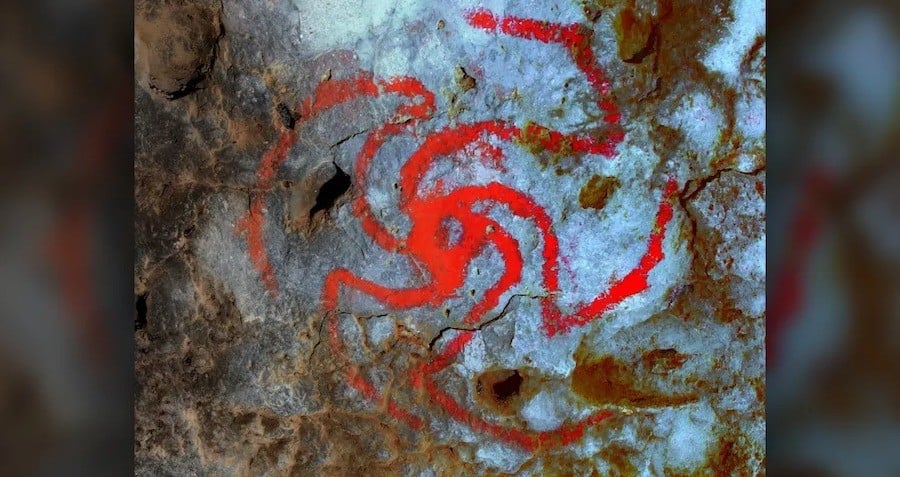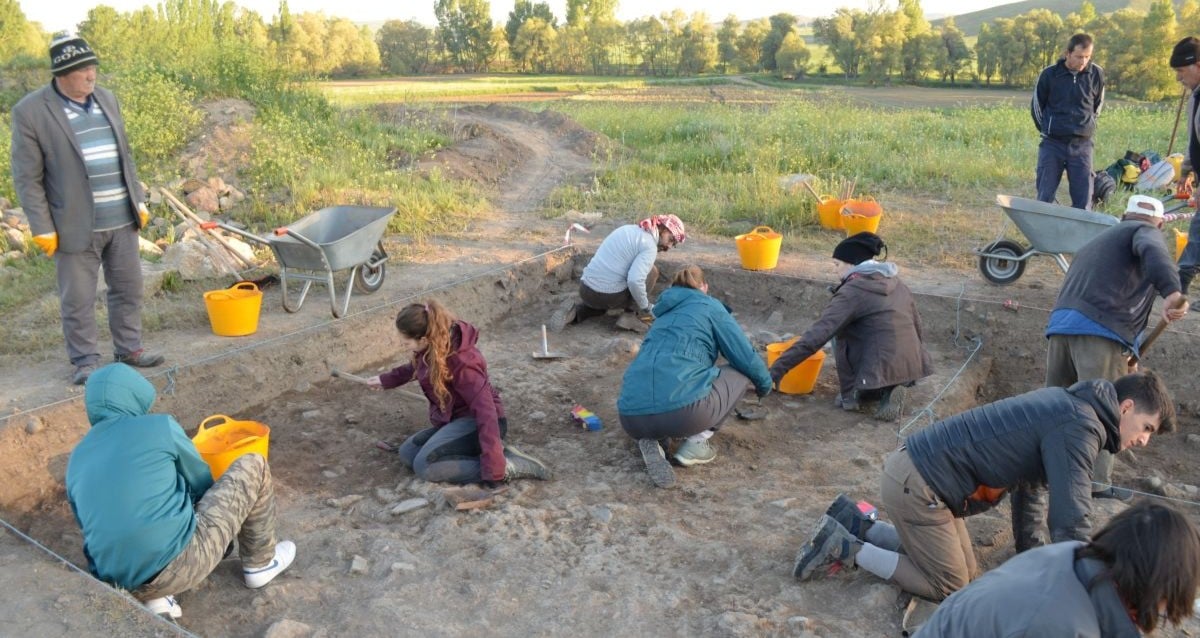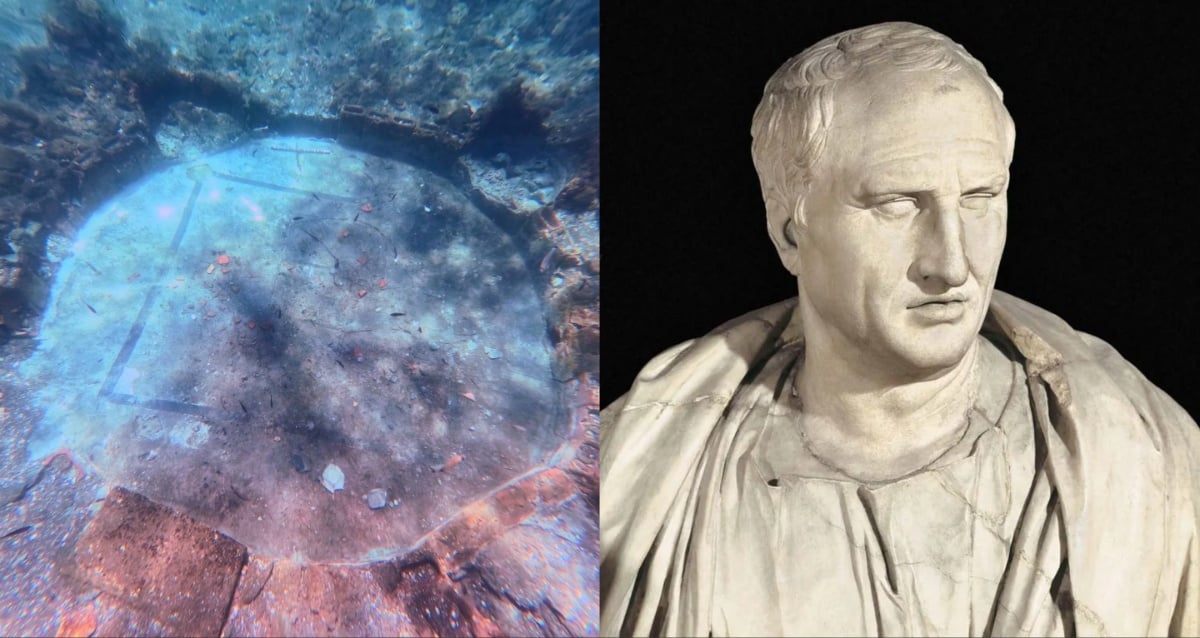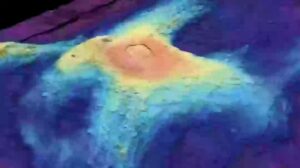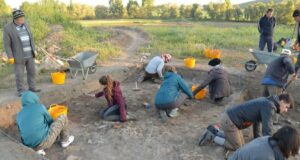Ancient California Cave Reveals 400-Year-Old Native American Drawing of Mysterious Hallucinogenic ‘Trance Flower’—What Secrets Does It Hold?
Scientists now believe that the pinwheel is actually a representation of Datura as it is unfurling.
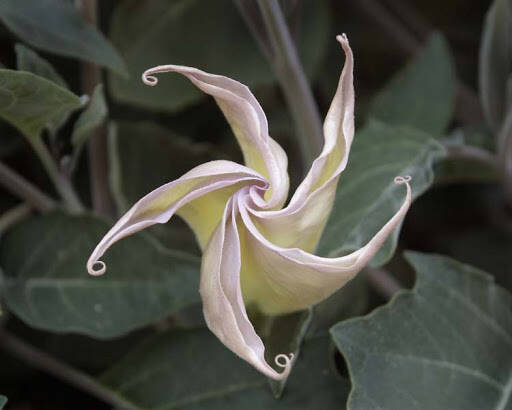
Lost in the GardenDatura wrightii beginning to unfurl.
The Chumash people have frequented the cave as early as 1600 and as late as the 1800s, and they were known to use the plant for both medical and ceremonial purposes.
Historians think that the plant was used to “gain supernatural power for doctoring, to counteract negative supernatural events, to ward off ghosts, and to see the future or find lost objects.” It’s also been documented that the Chumash would brew tea with the plant for ritualistic coming-of-age ceremonies for young boys.
Most recently, scientists tested a collection of globs known as “quids” that were found beside the pinwheel and learned that — with the exception of a glob that turned out to be yuca — they are actually chewed pieces of the flower itself.
“[The quids] consistently had indentations that we would expect from molars, so it appears that they had inserted it into their mouth and chewed,” said David Robinson, a lead researcher in archaeology at the University of Central Lancashire in England.
“Each quid appears, therefore, to have been a single ‘dose,’ inserted into the mouth and chewed/sucked in order to extract the hallucinogenic.”
Scientists found scopolamine and atropine in the quids, two of the mind-altering substances found in Datura.
According to the paper, this find marks “the first clear evidence for the ingestions of hallucinogens at a rock art site, in this case, from Pinwheel Cave, California.”
